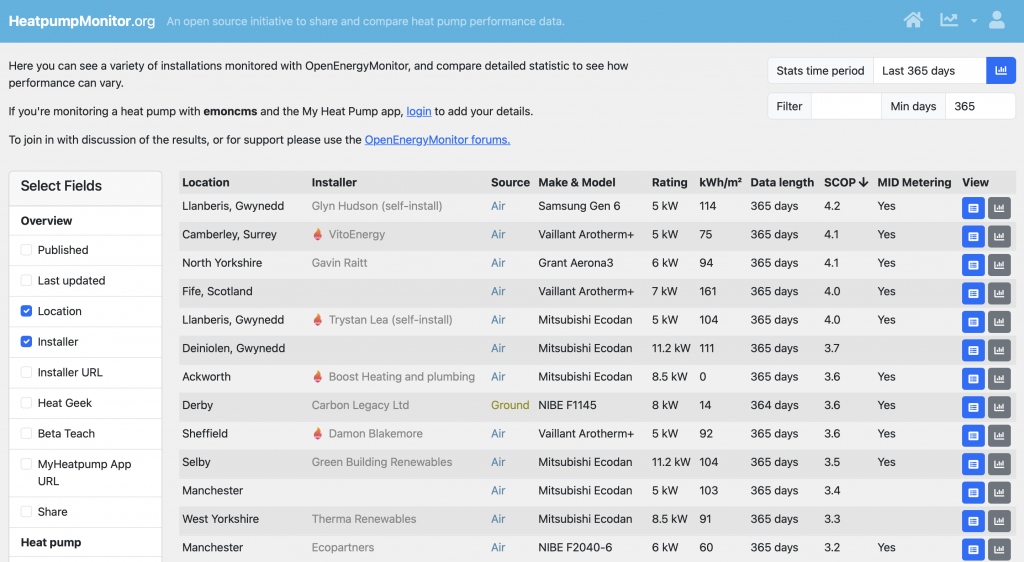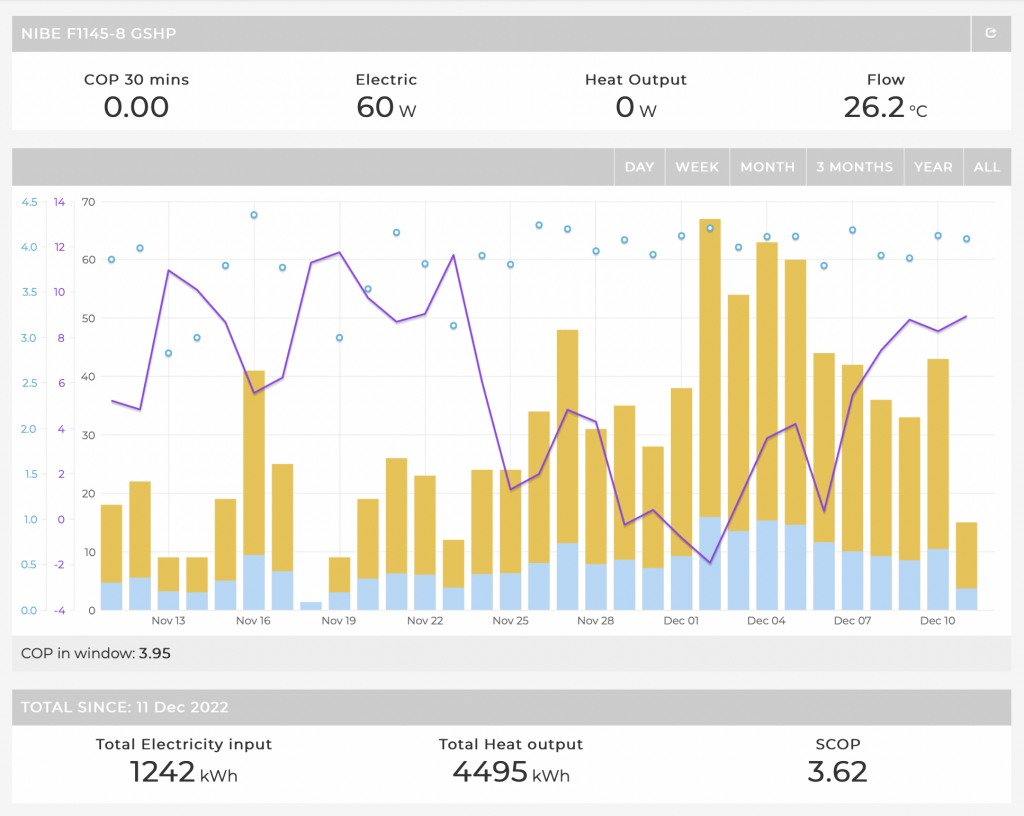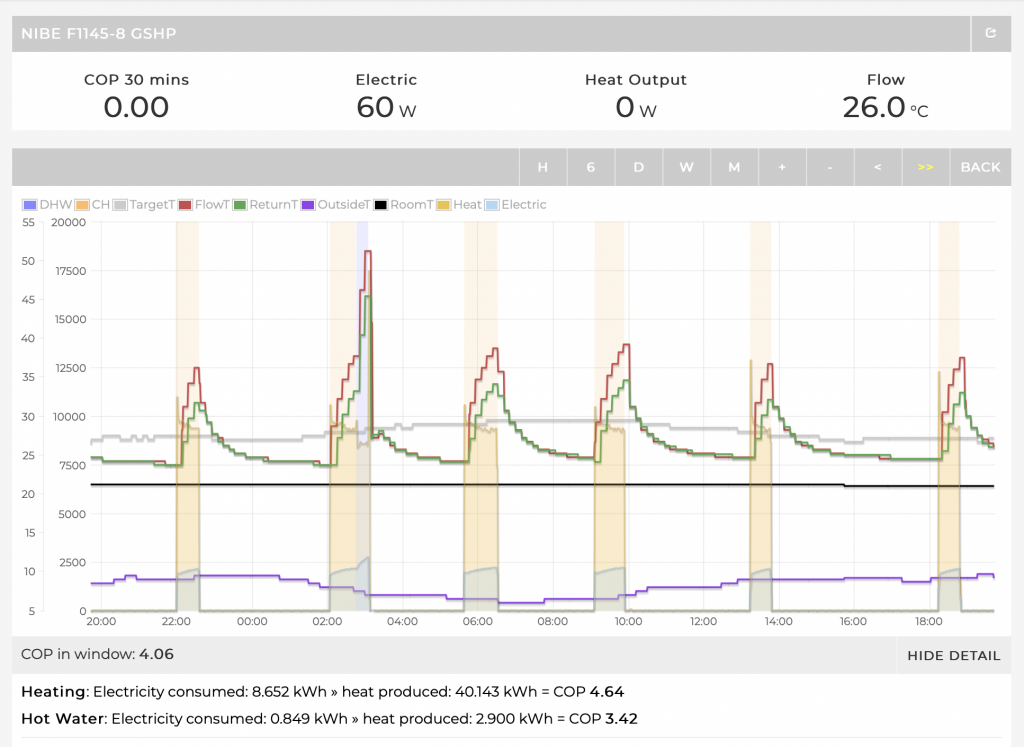While this topic isn’t directly self-build-related, it’s at least house-adjacent. Embedded systems which rely on electronics tend to age more quickly than the buildings they are embedded in and where it’s possible to extend the life of the electronics by making simple repairs that’s A Good Thing.
I’ve been using a Sony STR-DE685 AV Receiver for about 20 years. These days I don’t use its FM input or multi-channel features but it’s been working very nicely as the stereo amplifier in the living room, taking a digital audio input via a coaxial cable from a Logitech Squeezebox ‘Classic’ music player and using the receiver’s built-in DAC to convert that to analogue for the speakers. The digital input is happy with 44.1, 48 or 96 kHz sample rates so there’s no need to down-sample high-resolution audio media, and the signal stays ‘digital’ for as long as possible. The audio quality is excellent.
Over the past couple of years, I’ve noticed the right channel becoming quieter than the left. Previously it’s been possible to mitigate this by adjusting the left-right balance but now that’s at the maximum setting (8 dB) and the problem is getting worse.
A bit of searching on the Internet turned up a couple of YouTube videos of people repairing similar issues on slightly older variants of the STR-DE685. The best video I came across is this one, for the STR-DE485:
Essentially, the issue is that there are some electrolytic capacitors mounted close to various heat-generating semiconductors that gently ‘bake’ the capacitors over time. These capacitors then fail to operate to their specification and impact the audio gain control behaviour. Typically, all channels get quieter and it’s common for one channel to get quieter than the others – so exactly the symptoms I’m seeing.
I’ve experienced similar issues with other electronic equipment previously. The most common types of electrolytic capacitor have a limited lifetime at high temperature (typically 3,000 hours at 85 C) so any equipment that gets hot is prone to capacitor failure. The good news is that new capacitors are cheap and they’re generally quite easy to replace.
Where there are only a few capacitors on a circuit board and they’ve all been exposed to the same temperature profile the best plan is to replace them all (which is what I’ve done previously). Where there are lots of them and where some have been hot while others have been (relatively) cool it’s better to be more selective and only replace the ones which are showing signs of failure. From the YouTube video I learned that the best way to assess the health of an electrolytic capacitor while it’s still connected in-circuit is to use an Equivalent Series Resistance test meter. Since I didn’t already have one of those I decided to buy one (because I predict I will have to do the same sort of testing on other equipment in the future). It quickly became apparent that one of the leading candidates is designed and manufactured by a small company located just 35 miles away – Peak Electronic Design Ltd in Buxton; specifically their Peak Atlas ESR Gold ESR70. Their online order form has a specific option for ‘Collect from Peak’ and I don’t need much of an excuse for a trip to the Peak District, so that was an easy decision to make.
In conjunction with measuring ESR to detect faulty capacitors, I decided to be a bit more methodical about checking by how much the speaker outputs were affected (and, hopefully, corrected). For this specific fault it would have been possible to use a ‘diagnostic’ digital audio file (pure sine wave at a suitable frequency) and to measure the output waveforms on each channel when playing that, but using a signal generator seemed a better way to go, in case it proved necessary to inject the signal other than via the digital input.
I already had a second-hand (ex Royal Navy, made by Fluke/Philips) oscilloscope which did a good job of confirming a ‘clean’ sine wave and measuring the output voltage (once I’d reminded myself how to use the oscilloscope well enough to take measurements from it). I was surprised by how bad the voltage differential was across the two channels: at the maximum (8 dB) balance offset the Left channel was twice the voltage of the Right channel, and with the balance offset removed the Left channel was five times the voltage of the Right.
The unit isn’t too bad to get into – by removing the right screws and connectors the main PCB comes away with the back panel, providing easy access to the solder joints underneath.
The ESR meter confirmed three 100 uF, 10 V electrolytic capacitors near to the pre-amplifier ICs were effectively open-circuit and three 4.7 uF, 50V electrolytic capacitors a little further away were suspiciously high on ESR. I bought replacements for both types, choosing 105 C-rated Panasonic-branded components (£1.12 and £1.16 for 5 of each, respectively, from RS Online). I replaced all six but after testing the 4.7 uF ones once they were unsoldered they weren’t too far out of specification and I don’t think they were causing any issues.
With everything back together, the channel balance was fully restored: overall more voltage (volume) and the difference between the two channels was too small to measure, confirmed when playing audio.
So overall a great result. It’s good to save a mostly-fine unit from the scrap heap for just a couple of pound’s worth of parts and a couple of hours of work.



